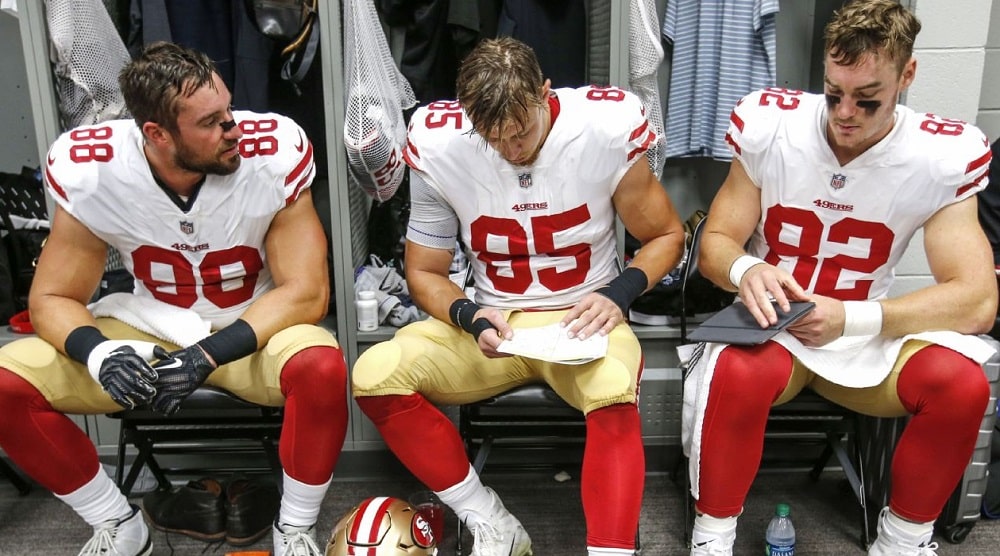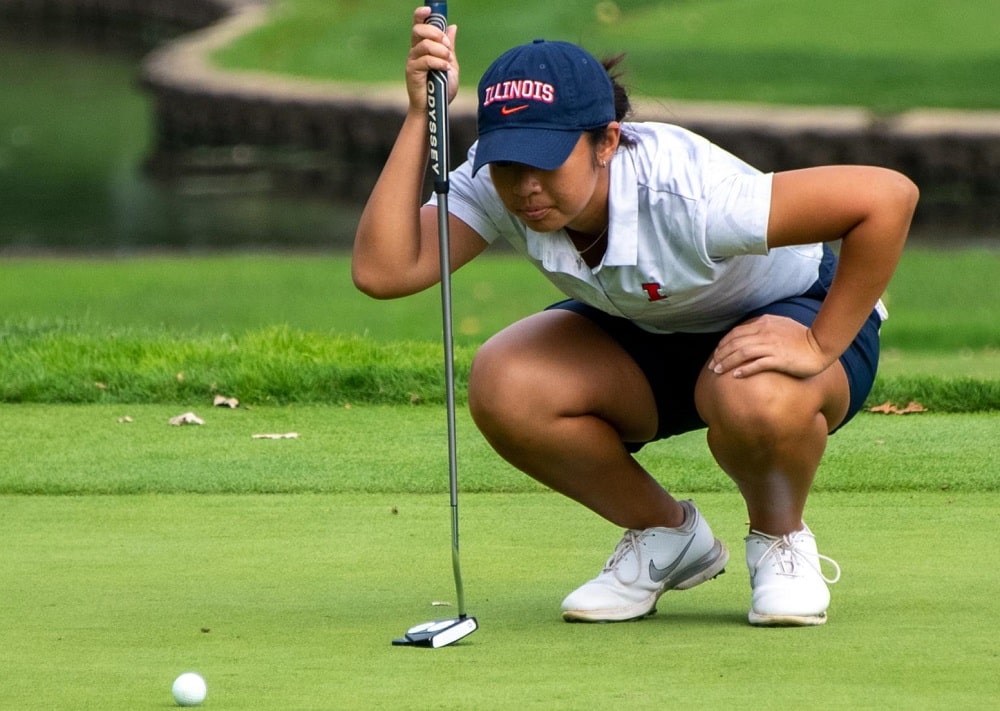Sport and Superstition, Rituals in Athletes

There is often a very fine line between victory and defeat. It is not the athlete’s physical condition that is decisive, but his or her stress tolerance. An athlete can set themselves up psychologically with the help of simple rituals and belief in omens.
Tennis players
Tennis players have a special attitude towards rituals and omens. Apart from the individual rituals, which almost every successful and unsuccessful sportsman has, there are unwritten rules in tennis, which even the most self-confident “knights of the racket” would not dare to break.
A superstitious tennis player will never step on a marker or take more than 2 balls to serve. Rumour has it that tennis players do not like to wear clothes and equipment with yellow in them. However, Masha Sharapova and Serena Williams have won major competitions without being afraid to dress in yellow shades.
Hockey players
The biggest superstition is probably in ice hockey. The simplest one is that if an important game is coming up, the athletes refuse to be photographed, and in the locker room they try to avoid idle chatter.
Equipment, especially hockey sticks, become living beings for them. The player personally prepares them, wraps them up and has a heart-to-heart talk with them. And Wayne Gretzky, the greatest player in NHL history, even had the idea to use baby powder to maximize the effect. Looking at his results, it actually worked! Hockey players also bang their sticks on their goalie’s pads before the game, attracting the sports gods to their side.
How about this tradition? When there is still a long way to go before the playoffs, some players stop shaving. Fans refer to this degree of unshavenness as a “playoff beard.”
Another omen has been associated with a silver dollar embedded in the ice arena by the Canadian national team. Unfortunately, the omen could only be tested once, and the Canadians did win the Olympics. When it was their turn to dig out the coin next time, Alexander Ovechkin was entrusted to do it, and he took it away as a souvenir.
Golfers

Golfers believe in the magic of numbers. It is believed that balls with a number higher than four are bound to spoil the game. The competition also begins with a ritual: teams with odd numbers first appear on the tee. A wide range of traditions and rules have become entrenched in the etiquette of the game, with golfers introducing superstitions such as carrying a coin in their pocket or sneakers. It’s said to be good luck.
Footballers
Most superstitions here concern equipment. Every footballer will eventually get lucky with cleats, shin guards and so on. If a player gets a lot of goals in those boots, or plays successful matches, they will most likely become his lucky boot. He will cherish them and use them only in the most important moments. It is also interesting that different players choose a certain sequence in which they put on their shoes before training and games. This, too, is one of the rituals.
Just like their colleagues in other sports, footballers cannot be forced to give interviews, make predictions or take photographs before an important match. And if they do get into the clutches of reporters, they usually make do with very limpid phrases.
Basketball and volleyball players
There are many similarities with football, for example, the equipment and shoes deserve special treatment. It’s not uncommon to see a big name basketball or volleyball player in the gym wearing worn shoes. However, there are differences. When getting ready for a match, an athlete tries to “warm up” the soles of his shoes, and only then goes to the arena.
Another peculiarity: the basketball player who is the last to score in the warm-up should have a good game. Another interesting ritual: When making a free throw, basketball players always hit the ball on the floor. It’s good luck. And a volleyball player who serves has to get the ball from his team’s luckiest partner.
